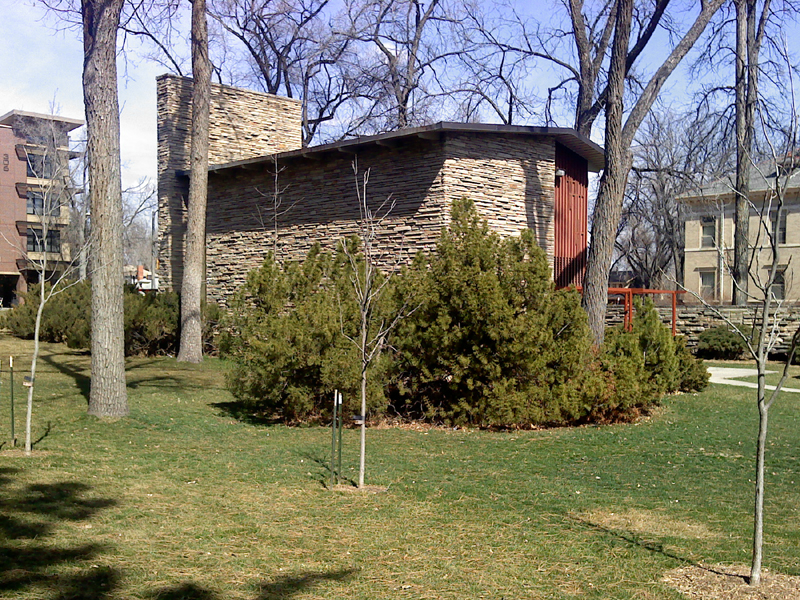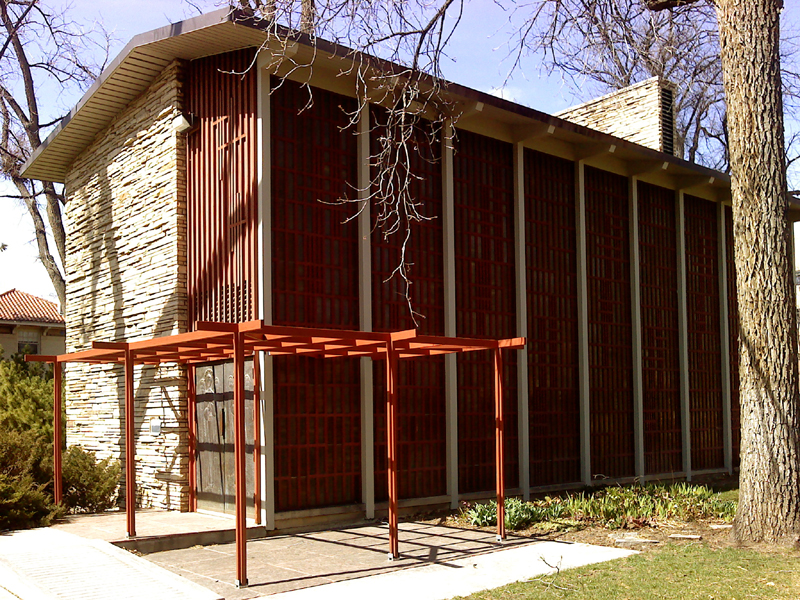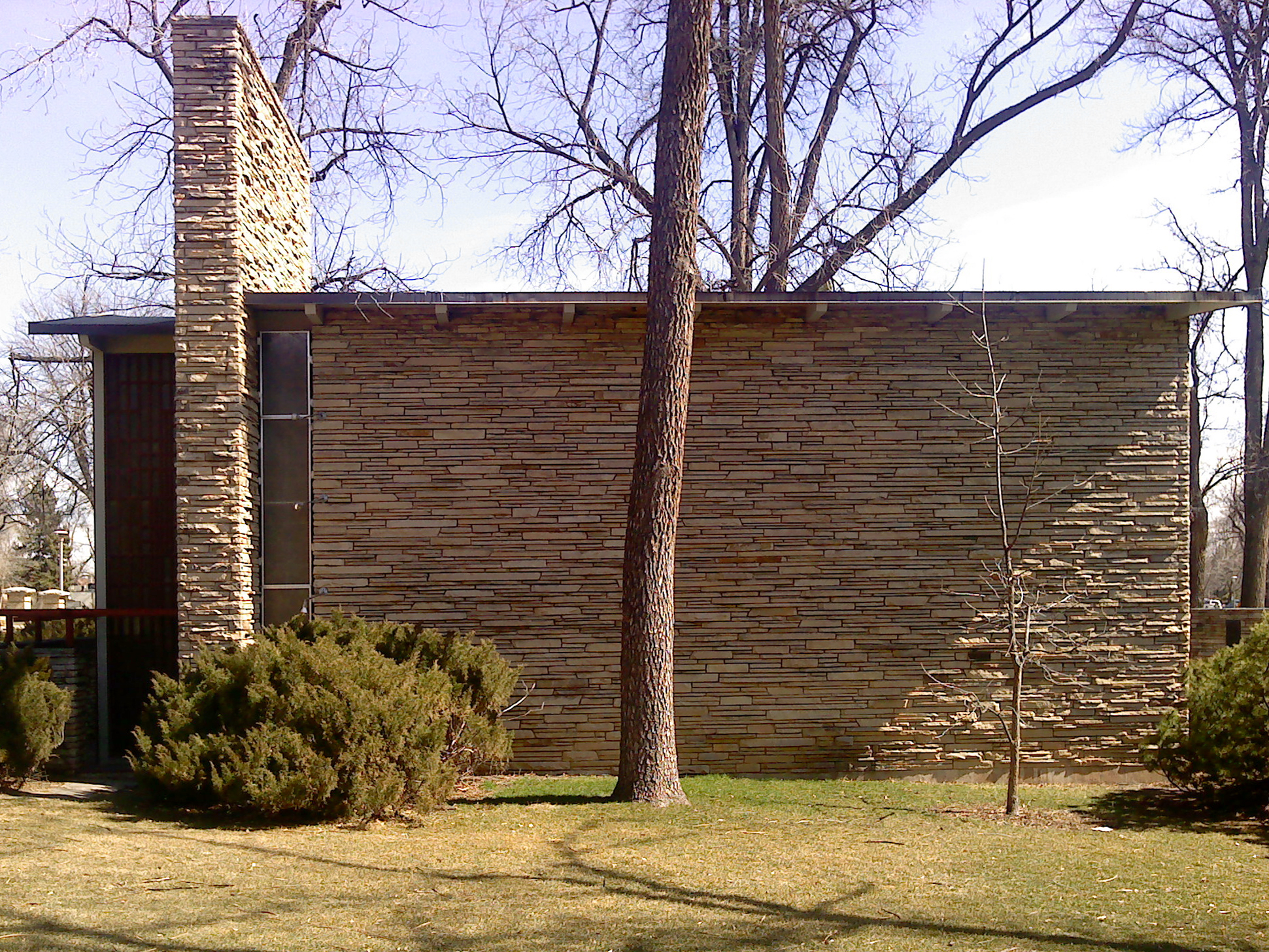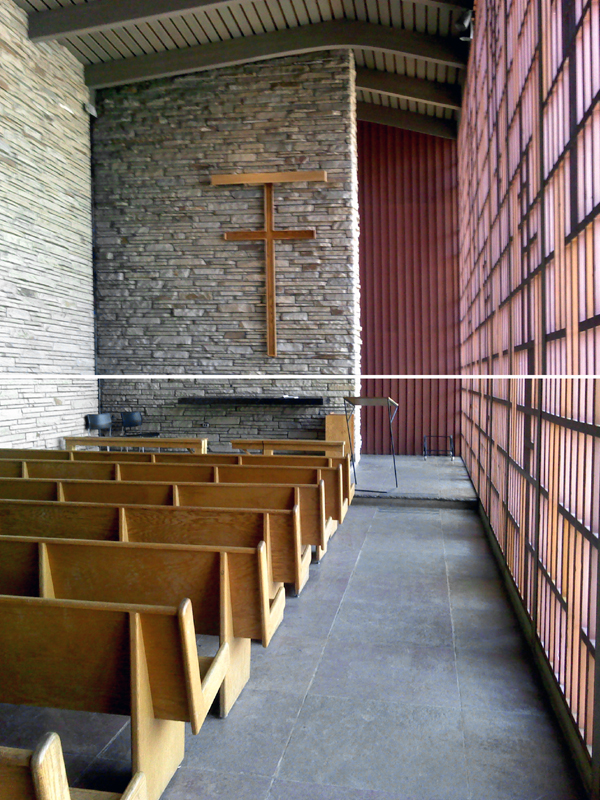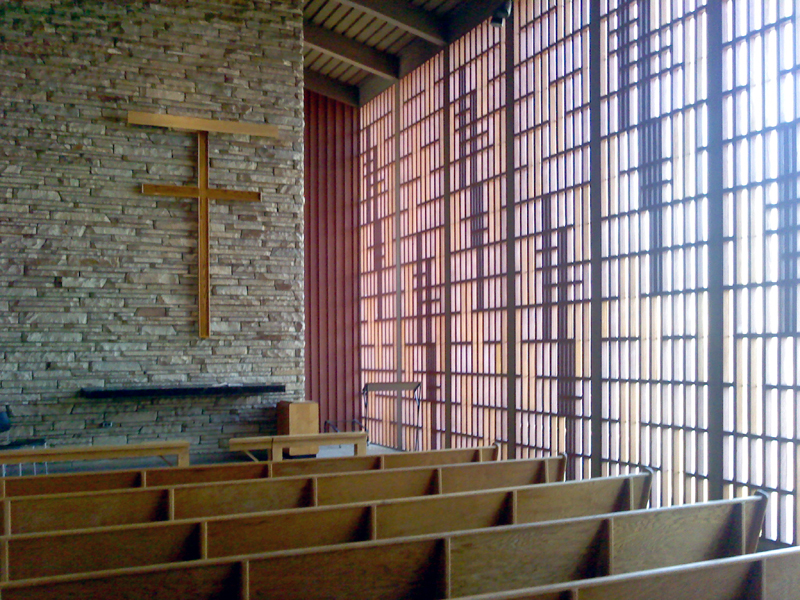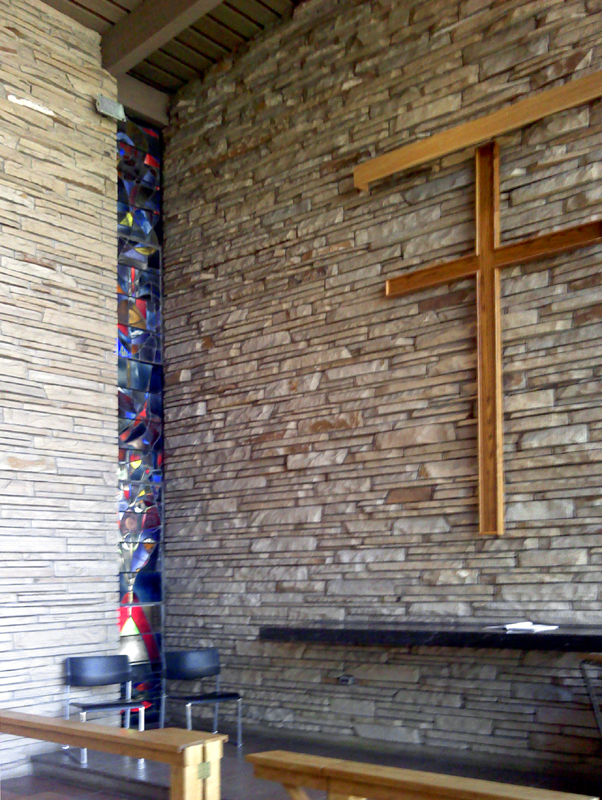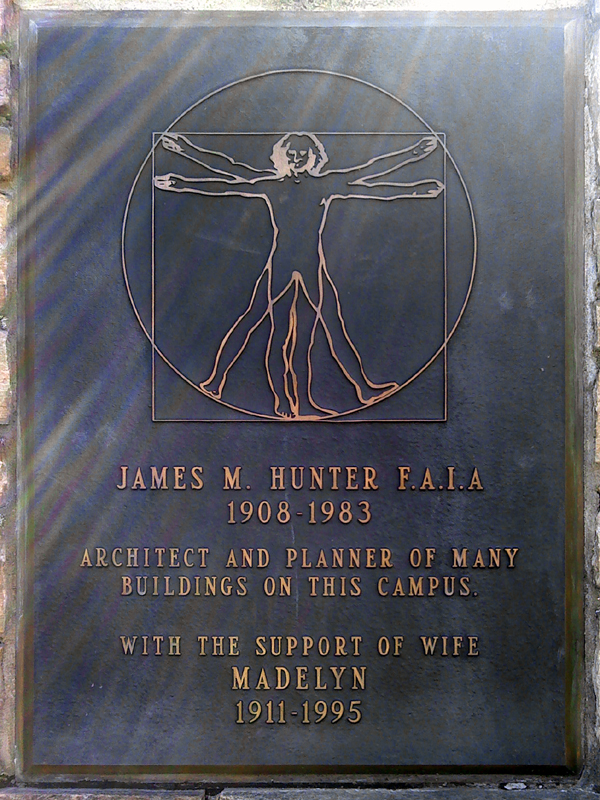There are several sublimated themes in the history of the solar house that apply to the practice of architecture and green building today. The first and most important, which I sought to bring to the foreground in The Solar House, is the 'schism' between architecture and engineering. (Credit, of course, to Sigfried Giedion, who first appropriated that powerful term from religious history.) The answer to the schism---integrated practice---is a central theme of our time and, in my opinion, essential to the path forward.
Another major issue which surfaces from time to time in the book, and applies to green builders working now, is User Behavior. The point is this: an efficient structure, by itself, will not guarantee low energy use; the users’ behavior matters considerably. The most successful energy-saving buildings are invariably a product of both technology and culture.
How about Hugh Duncan? He was one of the first important patrons of the solar house (and a rhetorical champion of the concept). In 1941 he hired Fred Keck to design a house in the Chicago suburb of Flossmoor, which then became the site of scientific study. Keck and the Libbey-Owens-Ford glass company wanted to quantify how much energy would be saved by Keck's passive solar heating techniques. Engineers from the Illinois Institute of Technology (IIT) were engaged to instrument the Duncan house and analyze the data. The experiment was inconclusive, however, in part because Duncan insisted on setting the thermostat at 73˚F and then left the door open---in winter! The researchers understood they had bad data, and Keck was left supremely frustrated. (A bit more on the Duncan House here: Keck's Duncan house: a new look)
And User Behavior can mislead historians. Take Frank Lloyd Wright's "solar hemicycle" for Herbert Jacobs and his family (Madison, 1944). Wright's structure was brilliant for its poetic expression of the solar path, and properly designed in cross-section, but it had serious thermal problems. As I explain in the book, the house was essentially uninsulated, and required a tremendous amount of heating in addition to the passive solar gains. The mezzanine-level bedrooms were essentially unheated, and the family would dress together each morning in the large bathroom, which contained a radiator. The fascinating aspect of User Behavior, in this case, was that the Jacobses were so tolerant of discomfort. Despite the fact that their dwelling had major flaws, they became solar house advocates and (perhaps unwittingly) helped hide those flaws from the historical record.
Today, User Behavior beguiles architects and engineers, most notably in the form of plug loads. (The term 'plug loads' describes the energy use in a building as a result of equipment that is plugged-in, not really part of the permanent architecture and not controlled by the building design. Plug loads account for roughly 25% of total electricity consumed within office buildings, according to the GSA.) In Sustainable Construction: Green Building Design and Delivery, Charles Kibert says the modeling of plug loads is "inaccurate because the behavior of the building users is unpredictable." Space-heaters and fans are notorious offenders because the building's permanent equipment is supposed to be designed to keep people comfortable.
How profound is User Behavior? A 2012 study found that, in office spaces, "austere" occupants can achieve 50% energy savings compared to "regular" occupants, and "wasteful" occupants may use up to 89% more energy than regular (Hong & Lin, "Occupant Behavior: Impact on Energy Use of Private Offices," 2012).
New York City's Bank of America Tower, completed in 2010, is now the canonical example of User Behavior undermining good design. The building, which has several commendable green features, became the subject of scandal due to exorbitant electricity use. (The scandalizing article is here.) It turned out not to be a scandal at all---the tenants have extremely high computer use and enormous server farms; it's almost more akin to a data center than an office building. You can't blame the building designers for that, although it would have been better if they could have anticipated the demand.
